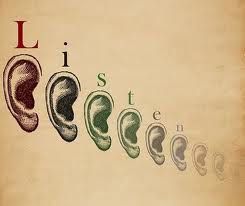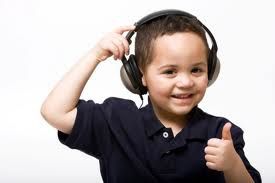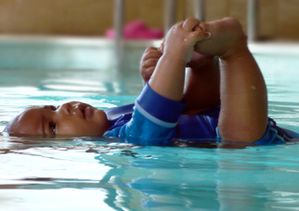 The word hippotherapy is derived from the Greek hippos meaning horse. Hippotherapy is therefore treatment or therapy that is aided by a horse.
The word hippotherapy is derived from the Greek hippos meaning horse. Hippotherapy is therefore treatment or therapy that is aided by a horse.
Throughout history horses have been used in many ways to help improve our quality of life. They have been essential for farming, battles, transport, entertainment, sports, herding animals and police work amongst many other uses. Their versatility and ability to be easily trained have made horses an important part of many cultures throughout history. Horses have recently played an important part in therapy and have been proven useful therapeutic aids to the therapist.
Hippotherapy in its purest form is carried out by occupational therapists, physiotherapists and speech therapists. It is based on a classic German model of practice used since the 1960s. Therapists need to have had the relevant training and hold a certificate of clinical competence (SLP/CCC) if they are using the classical method as this involves the movement of the horse to influence the client.
Hippotherapy can therefore be described as the use of the movement of the horse as a treatment strategy to address impairments, functional limitations and disabilities in children with neuromotor and sensory dysfunction. Carefully graded motor and sensory input is provided to achieve treatment goals. It can then be generalised to a wide range of daily activities. Hippotherapy may also be used with adults, but it is more commonly started at an early age where the therapeutic effects and results are more immediate.
Hippotherapy is the medical application of the horse in therapy. The use of the movement of the horse makes hippotherapy unique to other equine-assisted therapies as the movement is multi-dimensional, variable, rhythmic and repetitive. It is purely the horses movement that influences the patient who in turn passively responds to and interacts with this movement. The therapist can then analyse the patient's response and adjust the way the horse moves accordingly. The therapist therefore needs sufficient understanding of the way horses move to be able to direct the horse and alter the tempo of the gait or length of stride.
The primary focus of classic hyppotherapy is the patient's posture and movement response. The horse provides a dynamic base of support, making it an excellent tool for increasing trunk strength and control, balance, postural control (strength and endurance), addressing weight bearing, co-ordination and motor planning.The horse's movement also helps with the development of fine motor skills, visual motor skills, bilateral co-ordination, attention and cognition. The child needs to perform subtle adjustments in the trunk to maintain a stable position whilst the horse increases it's speed, slows down or lengthens and shortens its stride. Whilst this is happening the therapist can work on specific targets that facilitate co-ordination, motor planning, timing, respiratory control and attention skills through graded activities.

Hippotherapy can be used to address sensory processing issues. It provides input to the vestibular, proprioceptive, tactile, visual and auditory systems. The occupational therapist can incorporate the movement of the horse to modulate the sensory system in preparation for a therapy or treatment goal that will lead to a functional activity. the results can be seen from the appropriate adaptive responses from the child and often influence emotional, social, behavioural and communication outcomes.

Occupational therapists using hippotherapy will provide one-to-one hands on intervention and continued assessment as to how the patient is responding. Adjustments are made where necessary and results are documented. This makes it very different from many equine assisted therapies or therapeutic riding. The treatment sessions are enjoyable and the interaction with the horse motivates many children who may otherwise avoid participating in their treatment aims. Therapy on a horse is fun and seems more like play than work. The hippotherapy setting is an ideal place to achieve occupational therapy goals.
Useful links:

write a comment …









/image%2F1484276%2F20151001%2Fob_ae1435_dsc02009.JPG)